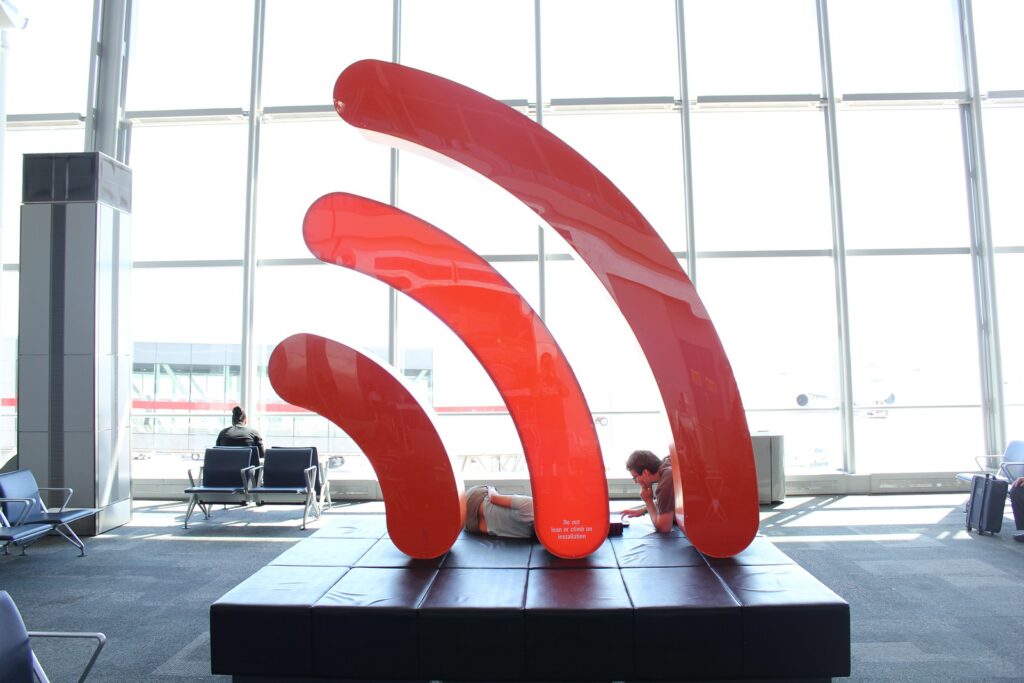
In the age of remote mode, broadband Internet has become the main channel of communication between entrepreneurs, employees, and customers. Often the network is not designed for such a load, resulting in reduced productivity. To minimize risks, it is necessary to organize a quality network without “bottlenecks,” but it is not so easy to do.
It is important to consider the specifics of the business when deploying network infrastructure, including WiFi networks. For example, if it is the gaming industry, it is also recommended to choose the best operating system for gaming PCs.
Home Office
Working from home has become a challenge for many employees. Unstable Internet only adds to the stress – it can cause a video call or online presentation to go off schedule. The channel is also used by other family members, which is not good for business.
It’s easy to set up reliable WiFi at home; you don’t need expensive network devices. A single dual-band (2.4/5 GHz) router is enough. This will provide uninterrupted connectivity for more than ten devices, from smartphones and laptops to office equipment.
A Small Room With 10-20 Employees
For such cases, one router will not be enough. Here help corporate WiFi systems that combine multiple access points. These can be simple routers from one manufacturer. They bring out a seamless network that can cover a fairly large area and connect up to ten subscribers.
The advantage of such a solution is the absence of unnecessary wires. It will be enough to connect one router to the Internet, and it will distribute traffic to all the others. The only disadvantage is the cost of such models, but it has been significantly reduced over the last year.
It is important to take care of basic security and choose a model that supports WPA-3 encryption. WiFi 6 devices support it by default, so it makes sense to purchase such routers.
Openspace With 50+ Employees
The bigger the business, the more critical the security issues become. A decentralized system is no longer enough in terms of risk management. You need the functionality of a centralized controller to manage access points and traffic monitoring.
Controllers can also act as VPN hubs and firewalls. The latter is very important. The screen separates the corporate network from the global one, preventing unauthorized access from the outside.
Firewalls can be either hardware or virtual. In the latter case, its role can be performed by the first of the deployed access points. This configuration is cheaper and allows easy scaling of the network. However, it does not provide the level of protection of hardware controllers.
Restaurant or Cafe with a Veranda
For such a business, a stable WiFi is a must to attract customers. You need to start from the maximum number of visitors and the area of the halls.
In a small cafe, a couple of access points is enough. It is important that they support simultaneous operation in 2.4/5 GHz bands. This will reduce network load and increase connection speed.
If the restaurant is 100 sq.m. or larger, you will need four access points, a management router, and a controller. You will need to set up separate subnets for visitors and employees and provide a backup channel that will automatically turn on if there are problems with access to the main channel.
When selecting access points, it is better to choose models with MU-MIMO (Multi-User Multiple-Input Multiple-Output) technology. They use multiplexing to increase the throughput capacity, i.e., parallel transmission of information to multiple clients from different antennas. This feature is implemented in the standard WiFi 802.11ac (wave2).
Wi-Fi image credit: Chris Oakley on Flickr.